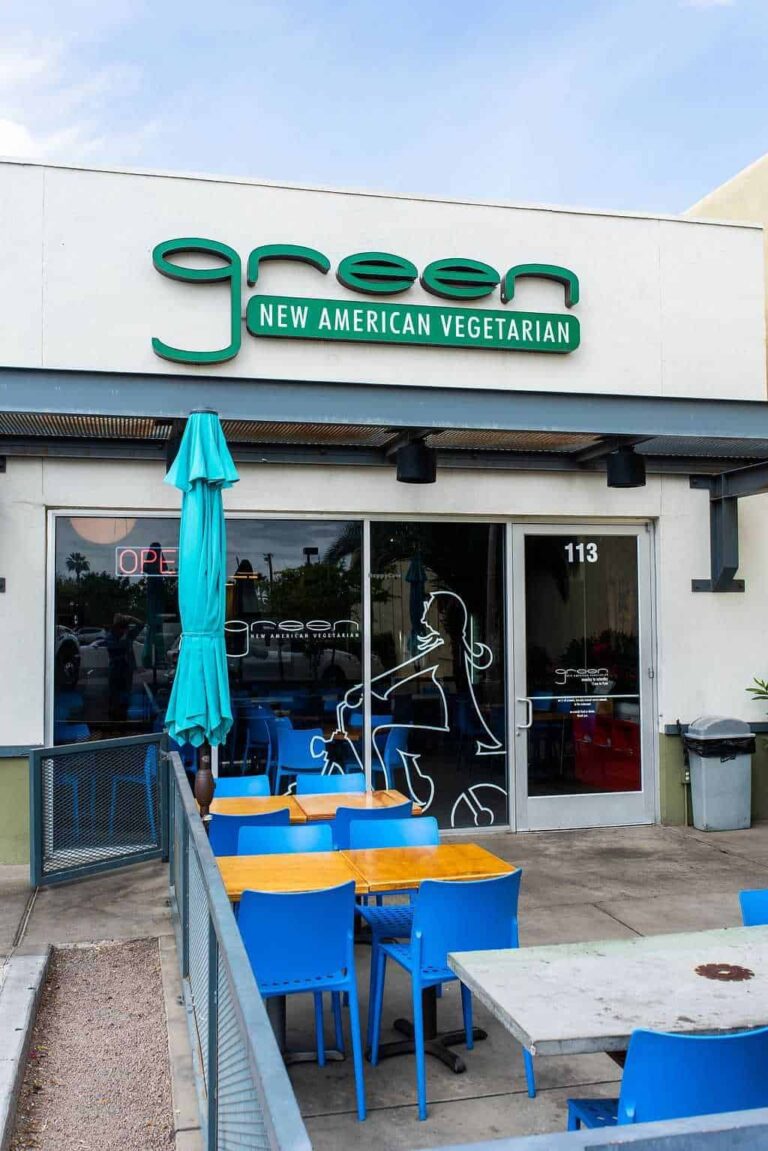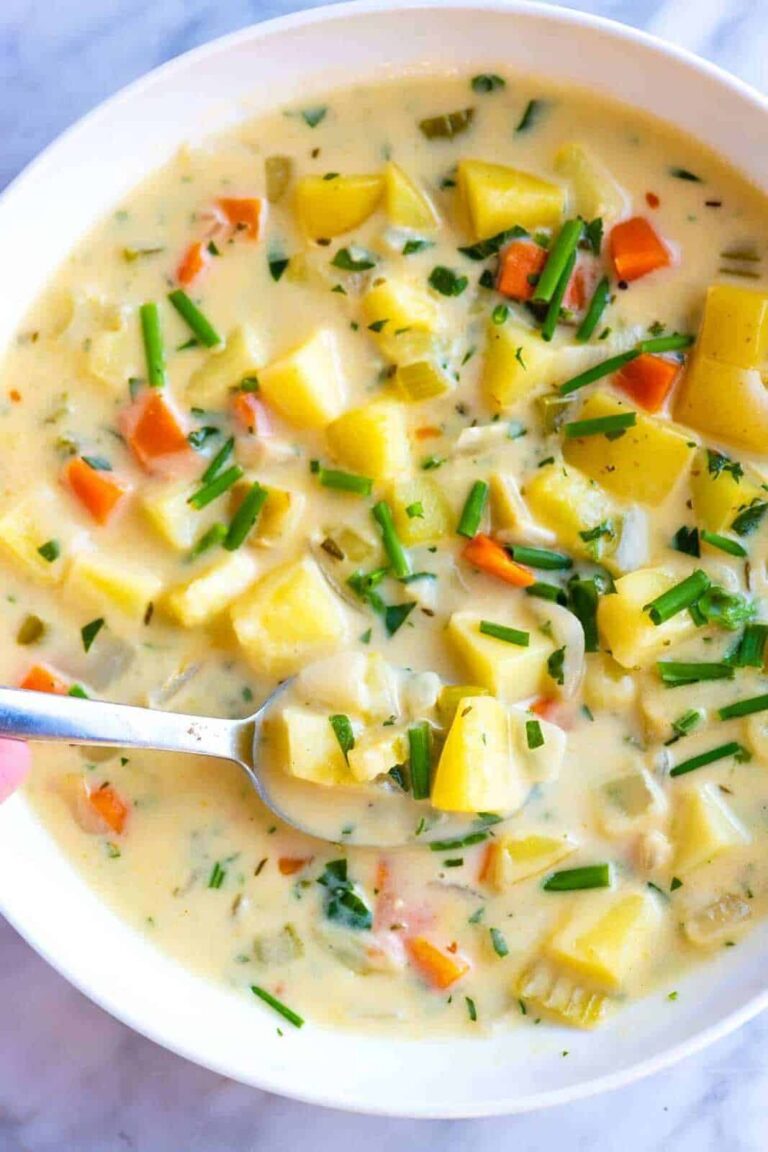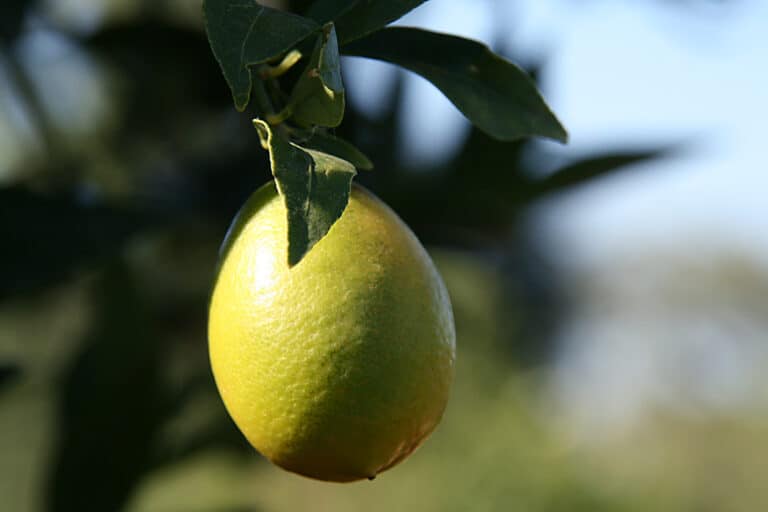what you need to starting Vegetarian Mediterranean Recipes
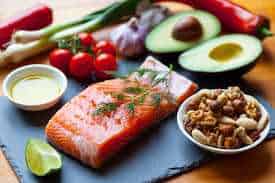
Vegetarian Mediterranean recipes differ in different countries and cities, each country has a distinct flavor in its food, customs, and food traditions because cooking is a kind of arts and sciences, so the feeling of food when you taste it is in itself a taste for and enjoyment of life.
Despite the great diversity in vegetarian Mediterranean recipes, the countries of the Mediterranean basin share a culture or art of food, unlike other cultural features. The characteristics of this cuisine have their own features and foods that are known to be healthy and beneficial to humans.
Because of the nature of the Mediterranean civilizations’ interconnection with each other, the process of preparing food between them has been greatly affected, and they have similar methods of cooking. This cuisine is characterized by its great variety, there is an abundance of vegetarian Mediterranean recipes, its flexibility in preparation, and the wide variety of ingredients that come from different regions.
Mediterranean cuisine, or Mediterranean cuisine, includes foods that are used in areas around the Mediterranean basin, where the term Mediterranean basin or Mediterranean basin refers to the lands surrounding this sea, which are lands that follow each of the continents of the ancient world, Africa and Europe And West Asia and Anatolia.
Recent studies have proven the many benefits of Mediterranean food for human health, as it protects it from many diseases – because its elements are healthy in the first place from its reliance on vegetables, fruits, and olive oil – such as heart disease, forgetfulness, or stroke, and it also maintains rates of Natural sugar and thus prevention of diabetes. And other benefits that prevent human infection with various diseases and disorders.
read more: Vegetarian eggs
Traits of vegetarian Mediterranean recipes:
Features of the diet in general in these regions include high amounts of olive oil, legumes, grains, fruits, and vegetables with moderate amounts of dairy products and fish. The eastern Mediterranean is a region rich in many foods rich in ingredients and unique foods.
read more: Vegetarian tapa
Mediterranean cuisine and its benefits for human health:
When eating Mediterranean food, this means eating fresh vegetables, delicious grains, fish, or beans and olive oil, and a number of various herbs with the addition of spices, nuts, etc.
These are the main elements of the traditional diet, which relies heavily on plants for the peoples of the countries bordering the Mediterranean… It is primarily a healthy food because it protects against heart disease, and from many chronic diseases such as diabetes, as monounsaturated fats in Olive oil and fish have anti-inflammatory effects, which may help prevent heart disease and many other diseases.
Also, continuing to follow the Mediterranean diet – according to what studies have indicated – leads to a significant reduction in weight compared to a low-fat diet. It also reduces levels of low-density lipoprotein (LDL) cholesterol.
Research has also found that dependence on vegetarian Mediterranean recipes
It improves rheumatoid joint pain, reduces the risk of pulmonary embolism, and reduces the risk of colon cancer returning.
The fiber, which is present in the nutrients of this diet, creates a feeling of fullness, a feeling that reduces appetite and thus does not gain weight.
Mediterranean cuisine reduces the risk of aging diseases since this diet depends on healthy elements of olive oil, vegetables, fish, and nuts, it maintains the stability of the chromosomal structure, whose efficiency decreases with age in humans, which in turn reduces the risk of aging diseases.
read more: American Vegetarian café
Selections from vegetarian Mediterranean recipes
Vegetarian Mediterranean recipes: Stuffed Peppers (Greek style)
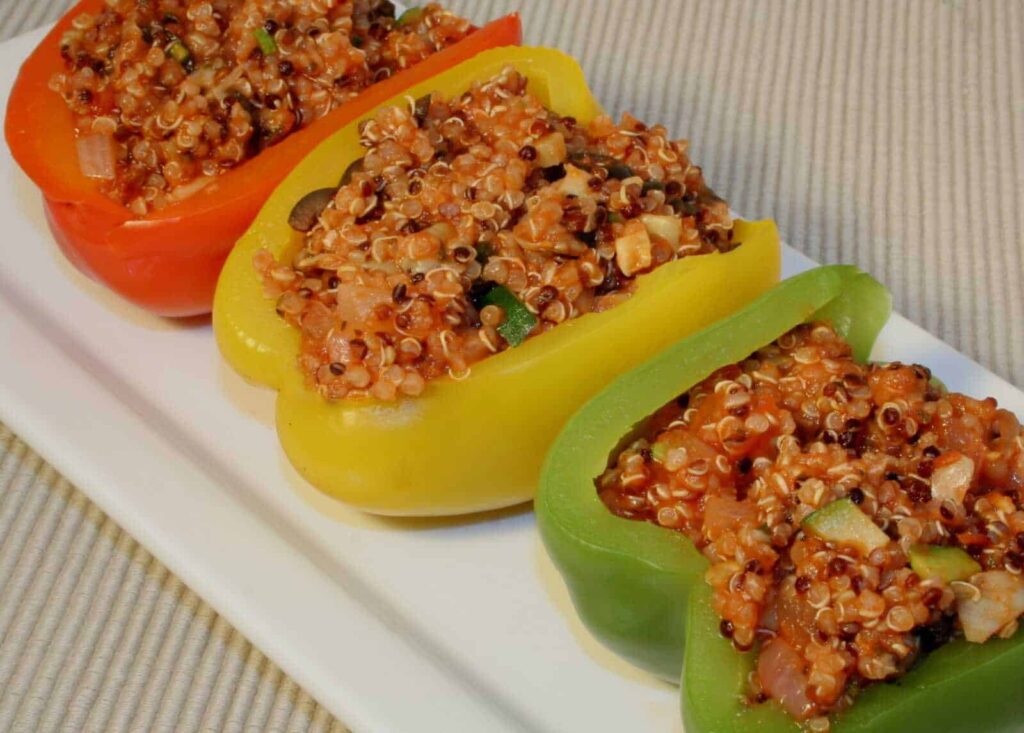
Ingredients
- 2 cups of short-grain rice, washed and drained
- 12 bell peppers (green – red – yellow-orange)
- 1 cup olive oil
- 4 onions, chopped
- 1 cup chopped parsley
- 1 cup minced mint
- 2 tablespoons tomato sauce
- ¼ cup of toasted almonds and pine nuts
- Salt and spices
Cooking Tips
- Prepare the oven at 180 degrees.
- Cut off the tops of the peppers and save them for later use, then remove the seeds from the inside of the peppers.
- Pour two cups of water into a large bowl and mix in it rice, onion, parsley, mint, tomato sauce, olive oil, and roasted nuts. Sprinkle the mixture with salt and pepper, and mix the ingredients well.
- Fill the peppers from the rice mixture, leaving some empty space at the top of the pepper, then close it with the tops you kept in the first step.
- Grease a large oven tray with olive oil and put the stuffed peppers in it and cook in the oven for a full hour until the filling is fully cooked and the peppers become puffed. Serve hot.
read more: Maoz Vegetarian
Vegetarian Mediterranean recipes: Stuffed cabbage

Ingredients:
- 1 cup short-grain rice
- 1 green cabbage
- 3 tablespoons of olive oil
- 4 cloves garlic, crushed
- 1 onion, finely chopped
- ½ cup chopped thyme
- 2 tablespoons tomato sauce
- 3 tablespoons of vegetable broth
- 2 teaspoons crushed sweet red pepper
- 1 tablespoon of sugar
- 1 tablespoon vinegar
- salt
Cooking Tips:
- Put the rice with two cups of water and a teaspoon of salt in a large saucepan and cook it over
a high temperature until it boils, then reduce the heat and cover the saucepan and cook the rice for 20 minutes
or until the rice becomes soft and absorbs all the water. Turn off the heat and set the rice aside. - Gently chop the leaves from the head of cabbage and rinse well with water.
- Add 4 cups of water in a different saucepan along with a teaspoon of salt. When the water starts to boil,
put the cabbage leaves in the saucepan and cook for 10 minutes, then empty the water from the saucepan,
rinse the cabbage leaves with cold water and leave them until they are completely dry. - Heat the oil in a clean saucepan and fry the onion and garlic with some salt and pepper for 4-5 minutes,
until they become soft. - Add the tomato sauce, sweet paprika, sugar, and vinegar and continue to cook, stirring, for about 10 minutes.
- Add the rice with and thyme and cook the mixture with stirring for 5 minutes, then turn off the heat and leave the mixture until it cools.
- Put the rest of the filling in an oven tray, put the stuffed cabbage leaves in it, and cook in the oven at 230 degrees for 15 minutes.
- Pour the resulting sauce into a plate, add stuffed cabbage, decorate with thyme, then serve hot.
read more: protein-rich vegetarian food

